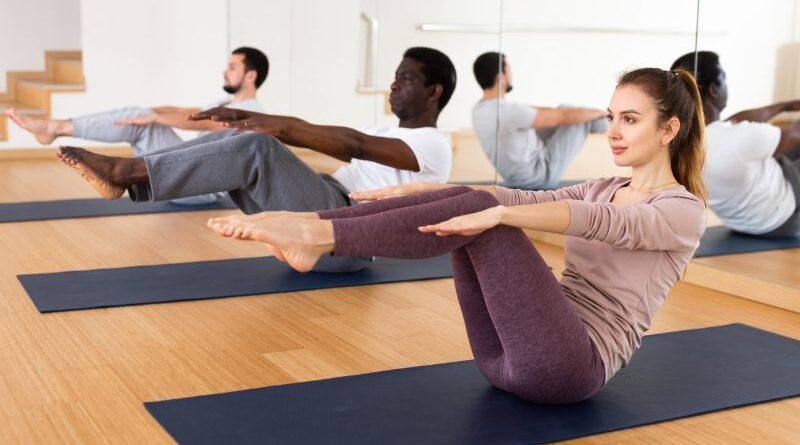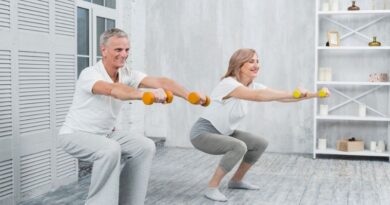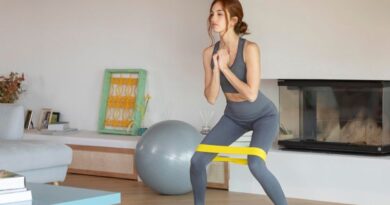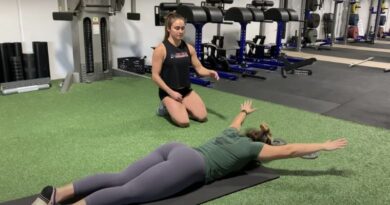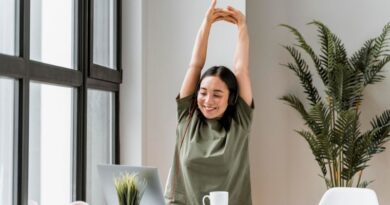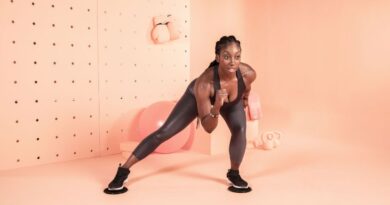Non-Intimidating Mat Pilates Exercises for Beginners – Mat Pilates offers a holistic approach to fitness, emphasizing core strength, flexibility, and mind-body connection. Particularly beneficial for beginners, this non-intimidating routine provides a gateway to overall well-being. In this gentle introduction, we’ll explore a series of exercises designed to ease newcomers into the world of Pilates, fostering a sense of comfort and confidence. Emphasizing a mindful and gradual progression, these exercises aim to improve core stability, enhance flexibility, and promote balance. With a focus on proper form and adaptability, this routine encourages individuals to listen to their bodies, fostering a positive and enjoyable experience for those just starting their Mat Pilates journey. Let’s embark on a path that nurtures both physical strength and mental well-being, making Pilates accessible to everyone.
Non-Intimidating Mat Pilates Exercises for Beginners
Breathing Exercise
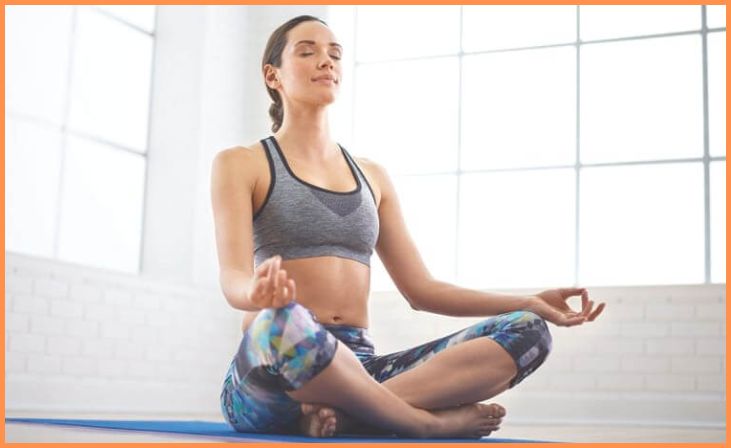
Perform this simple breathing exercise to enhance core engagement. Find a comfortable seated or lying position. Inhale deeply through your nose, allowing your ribcage to expand. As you exhale through your mouth, draw your navel toward your spine, engaging the core muscles. Focus on the flow of breath and the gentle contraction of the abdominal area. Repeat this rhythmic breathing for a few minutes to promote relaxation, improve diaphragmatic function, and create a foundation for other Pilates exercises.
Also, Read – 7 Exercises to Improve Your Posture
Pelvic Tilts
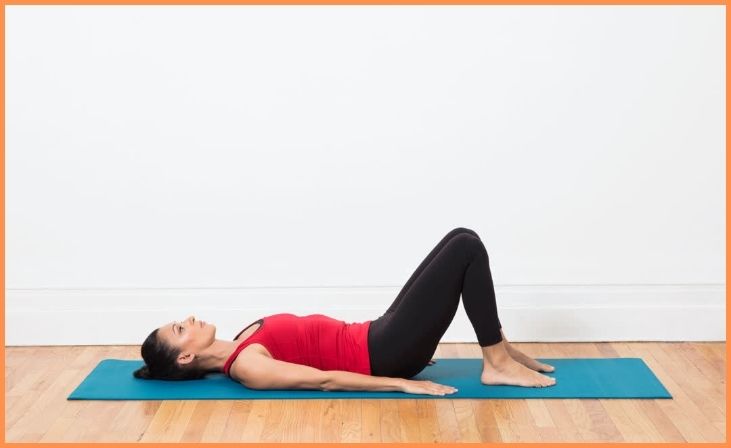
Lie on your back with knees bent and feet hip-width apart. Inhale to prepare, exhale, and tilt your pelvis upward, engaging your core. Feel the lower back pressing gently into the mat. Inhale to return to the neutral position. This pelvic tilt exercise helps activate and mobilize the lower back, promoting flexibility and strengthening the core. Perform the movement with controlled, deliberate breaths to enhance the mind-body connection. Incorporate pelvic tilts into your routine to foster better posture and lay the foundation for more advanced Pilates exercises.
Marching
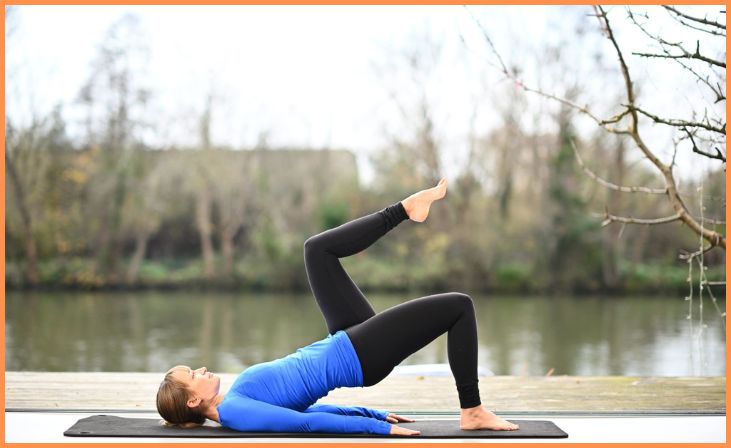
Lie on your back with knees bent and feet flat on the mat. Inhale deeply, exhale, and lift one knee toward your chest while keeping the other foot on the mat. Alternate legs in a marching motion, maintaining a steady pace. Focus on controlled movements, engaging your core to stabilize your spine. This marching exercise targets the abdominal muscles, promoting strength and stability. Keep the movements deliberate and rhythmical, coordinating with your breath. As a beginner-friendly Pilates exercise, marching helps build a solid foundation for more complex movements while enhancing overall core strength and hip flexibility.
Single Leg Stretch

Lie on your back, hug one knee into your chest, and extend the other leg straight along the mat. Switch legs in a controlled, rhythmic motion, keeping the head and shoulders lifted off the mat. Coordinate the leg movements with your breath, inhaling as you switch and exhaling as you hold each leg. This Single Leg Stretch exercise targets the abdominal muscles, fostering core strength and flexibility. Focus on maintaining stability in the torso while moving the legs. It’s a beginner-friendly Pilates exercise that helps build endurance and sets the groundwork for more challenging abdominal workouts.
Cat-Cow Stretch
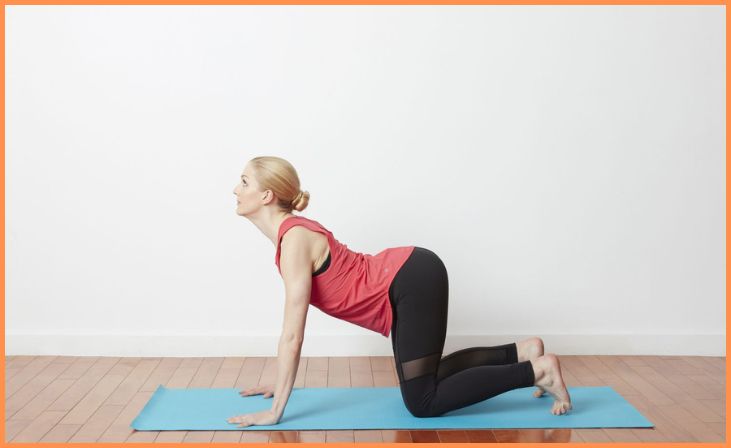
Begin on your hands and knees, wrists under shoulders, and knees under hips. Inhale, arching your back and lifting your head and tailbone (Cow Pose). Exhale, rounding your spine, tucking your chin to your chest (Cat Pose). Flow between these two positions, coordinating movement with breath. The Cat-Cow Stretch improves spinal flexibility and mobility while engaging the core. Focus on the smooth, controlled transitions between poses, creating a gentle stretch through the back. This beginner-friendly Pilates exercise promotes a healthy spine, enhances body awareness, and serves as an excellent warm-up or cool-down activity.
Child’s Pose
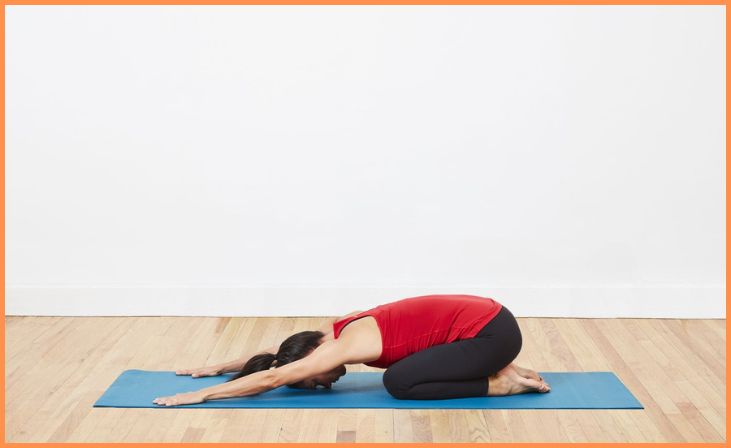
Kneel on the mat with toes together, sit back on your heels, and extend your arms forward, palms down. Lower your chest toward the mat, allowing your forehead to rest on the floor. Relax your arms alongside your body. In Child’s Pose, focus on deep, diaphragmatic breathing to promote relaxation and release tension in the back, shoulders, and hips. This beginner-friendly Pilates stretch is an excellent way to rest, restore, and improve flexibility. Allow your body to sink into the pose, feeling a gentle stretch in your spine and hips. It’s an ideal position to conclude your Pilates routine or as a break during exercise.
Also, Read – 7 Ideal Yoga Stretches for Your Lower Back
Pilates Bridge
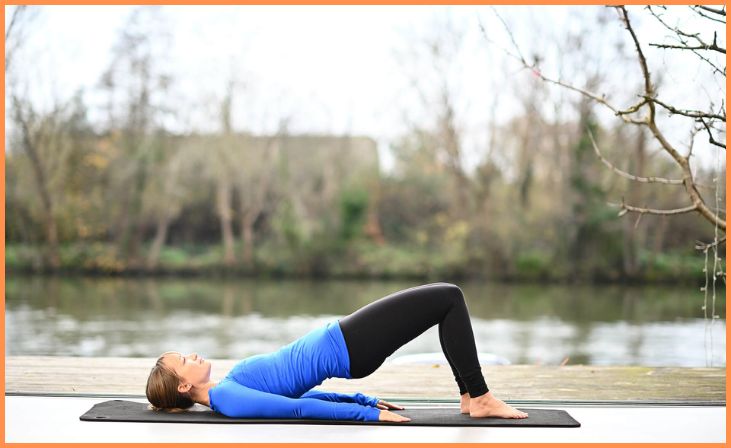
Lie on your back with knees bent, feet hip-width apart. Inhale to prepare, exhale, and lift your hips toward the ceiling, engaging your glutes. Keep your shoulders on the mat, and create a straight line from your shoulders to your knees. Inhale at the top, then exhale as you lower your spine back to the mat. The Pilates Bridge exercise strengthens the glutes and lower back while promoting stability. Focus on controlled movements and maintaining a stable pelvis throughout. This beginner-friendly Pilates move enhances core strength and can be incorporated into your routine to improve posture and overall lower body strength.
Swan Dive Prep
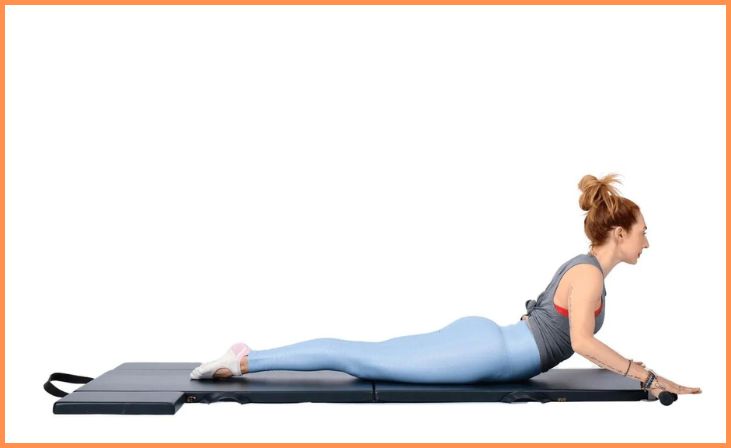
Lie on your stomach, arms extended in front. Inhale, lifting your chest and arms off the mat, keeping your lower body on the ground. Exhale as you lower back down. The Swan Dive Prep targets the back muscles, promoting strength and improved posture. Keep your gaze forward and neck aligned with your spine. Focus on controlled, flowing movements, emphasizing the lengthening of your spine during the lift. As a beginner-friendly Pilates exercise, Swan Dive Prep helps activate and strengthen the muscles of the back and shoulders. Incorporate it into your routine to enhance back flexibility and build a foundation for more advanced exercises.
Leg Circles
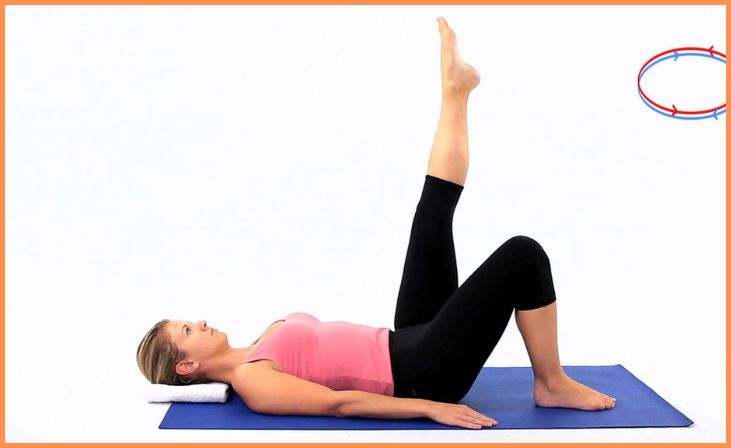
Lie on your back, legs extended. Lift one leg toward the ceiling, and draw controlled circles with your toes. Keep your pelvis stable and engage your core. Coordinate the leg movement with your breath, inhaling for half the circle and exhaling for the other half. Alternate directions and switch legs. The Leg Circles exercise enhances hip mobility and core stability, making it a beneficial addition to your Pilates routine. Focus on precise, controlled movements, and avoid arching your lower back. This beginner-friendly exercise helps build strength and flexibility in the hips while improving overall body awareness.
Conclusion
In conclusion, these non-intimidating Mat Pilates exercises offer a gateway to a healthier and more balanced lifestyle. By embracing the principles of mindful movement, core strength, and flexibility, beginners can cultivate a sustainable fitness routine. Consistency, gradual progression, and listening to one’s body are key to success. As you continue your Pilates journey, remember that it’s not about perfection but progress. Celebrate each step, savor the mind-body connection, and enjoy the transformative benefits that Mat Pilates brings to your overall well-being. Keep moving, stay motivated, and discover the enduring joy of this empowering practice.
FAQs
Mat Pilates is a form of exercise that focuses on core strength, flexibility, and mind-body connection. Unlike equipment-based Pilates, Mat Pilates uses a mat as the primary tool for a series of exercises.
Absolutely! Mat Pilates is beginner-friendly and provides a gentle introduction to the principles of Pilates. The exercises can be modified to accommodate various fitness levels.
No, Mat Pilates is equipment-free. All you need is a comfortable mat to perform the exercises. Additional props, like a small pillow or resistance bands, can be incorporated as you advance.

